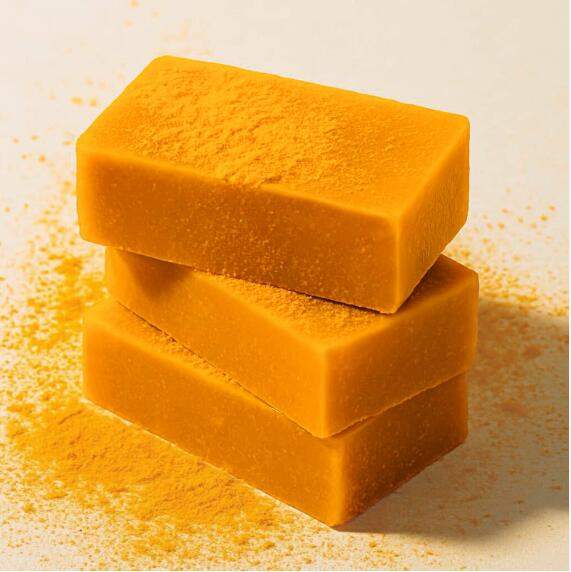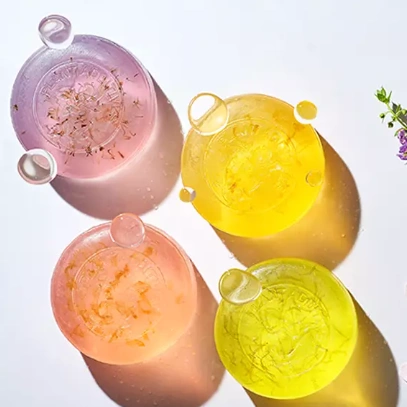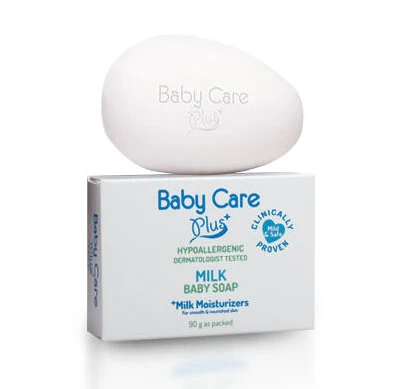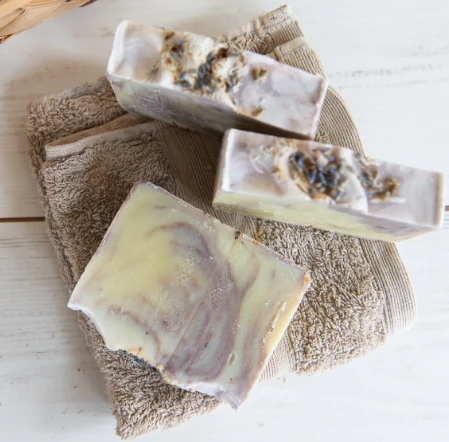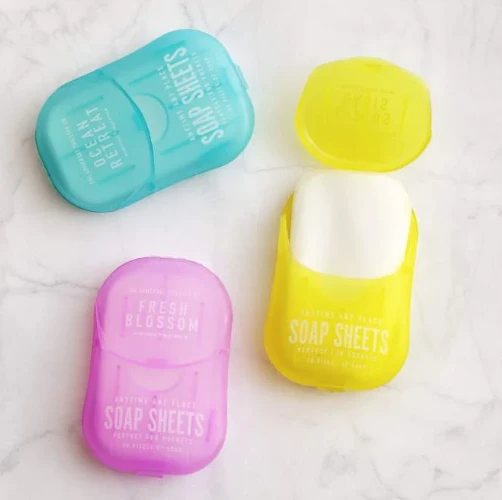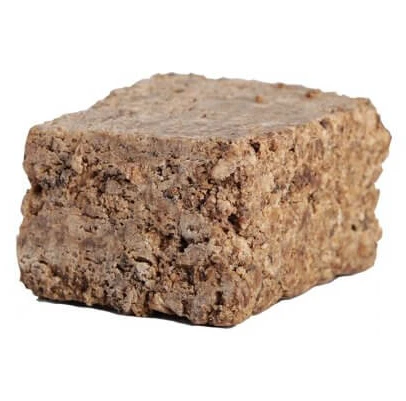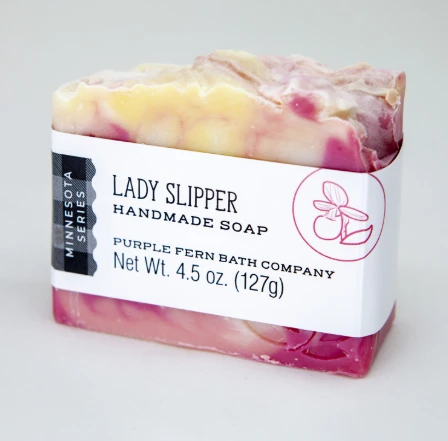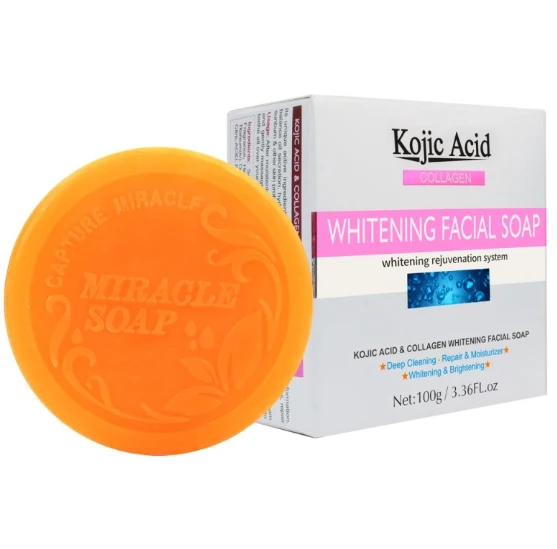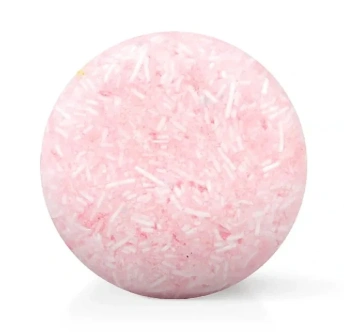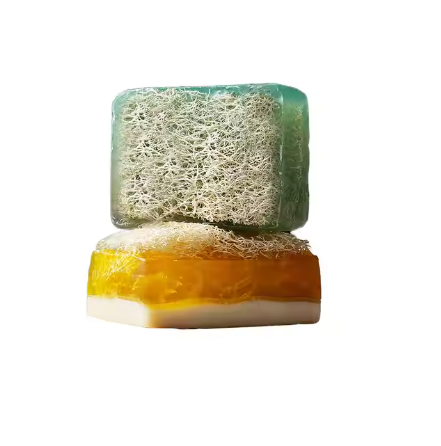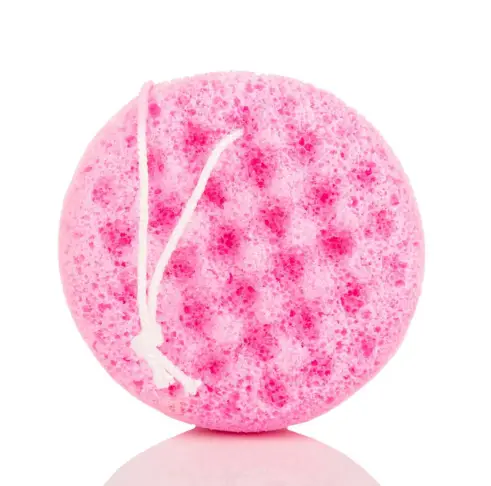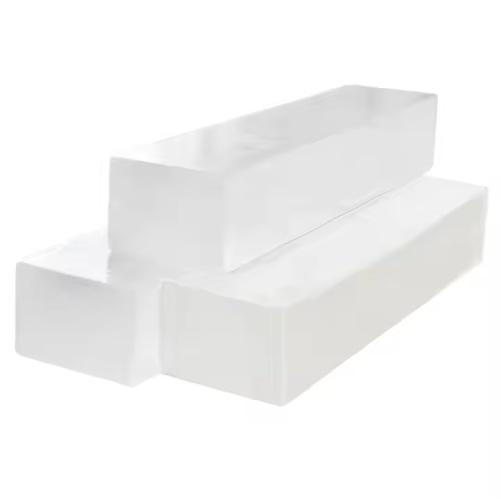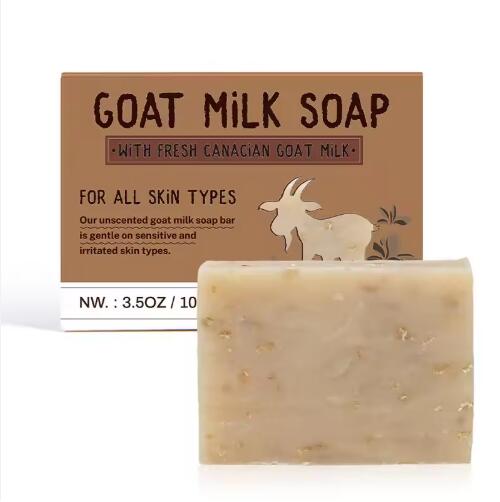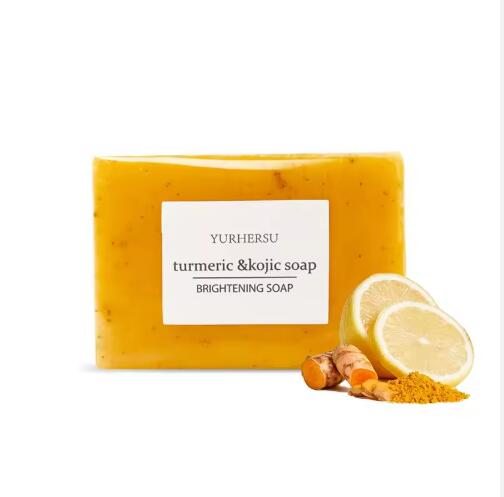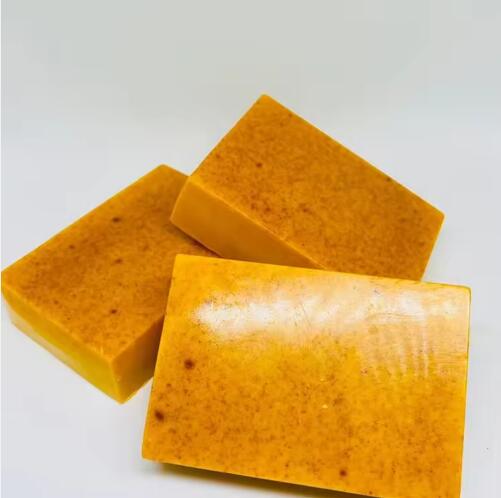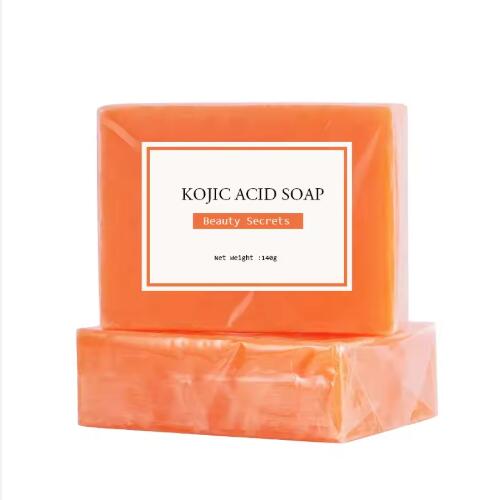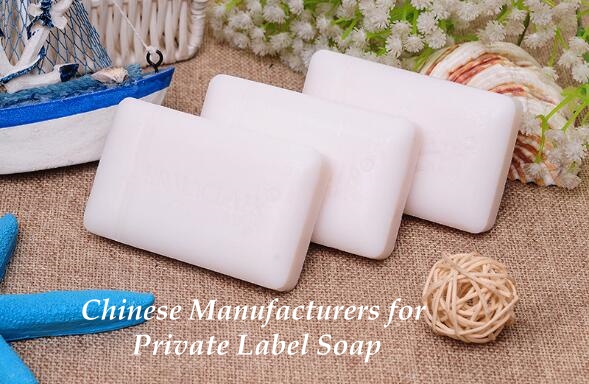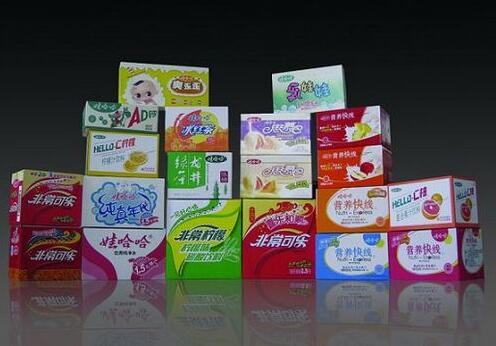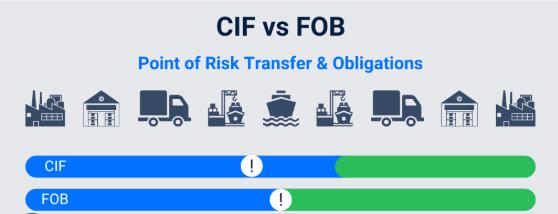How to Make Melt and Pour Soap at Home | Step-by-Step Guide by Poleview
Why Melt and Pour Soap Is Ideal for Beginners
producing soap by melting and pouring it is now one of the easiest and most fun ways to get started with producing your own skincare products. Melt and pour is faster, safer, and easier for beginners than Cold Process Soap, which needs exact quantities, dealing with lye, and weeks of curing time. All you have to do is melt a pre-made Soap Base, add color, scent, and other things to make it your own, and then pour it into molds to harden.

This method is great for people who like to make things themselves, beauty lovers, small business owners, and even teachers who offer soap-making classes. Melt and pour soap is a great way to learn about natural skincare at your own pace. You don't need a lot of equipment, and there's a lot of space for creativity. You might even turn it into a fun activity that becomes a successful product line.
We help new soap manufacturers and crafters at Poleview Biotechnology by giving them high-quality soap bases, essential oil blends, and private label services that are made just for them. We're here to help you transform your ideas into professional outcomes, whether you're producing soap for fun or preparing to start your own collection.
What Is Melt and Pour Soap?
Melt and pour soap is a ready-to-use soap base that lets people make their own bars without having to deal with lye or wait a long time for the soap to cure. It's easy to do: melt the soap base, add your favorite components (such essential oils, natural colorants, or botanical additives), pour it into molds, and let it firm.
Most of the time, the base for the soap is a mix of oils (such coconut, palm, or olive), glycerin to keep the soap moist, and a mild surfactant system. It was made with care to be good for the skin, clear or opaque according on the style, and meltable without losing quality. There are a lot of different bases to choose from, such crystal-clear glycerin bases, creamy goat milk bases, and aloe-infused bases. This lets makers have complete control over how the final product looks and works.
Melt and pour is a lot faster and safer than cold process or hot process processes because it doesn't involve any chemical reactions. It's especially appealing for people who want to start a small soap brand since it lets them quickly make prototypes and test the market without having to learn all the complicated chemistry of soap.
We have a lot of different melt and pour soap bases at Poleview that are made for private label use. These include clear, white, shea butter-based, charcoal-infused, and more. Each one is made to melt easily, lather well, and work well with natural additives. This gives your product both good looks and skin care benefits.
Tools and Ingredients You’ll Need
One reason why starting with melt and pour soap is so enticing is that it doesn't take a lot of money or complicated equipment. Most of the instruments are things you can find in a normal kitchen, and the ingredients are easy to find or may be bought from professional suppliers like Poleview Biotechnology if you want to make a high-end product line.
To get started, you'll need the following:
First of all, a soap base is what everything else is built on. You can choose between clear glycerin, creamy goat milk, moisturizing shea butter, or aloe-infused bases, depending on the effect you want. You will need fragrance oils or essential oils to make your own aroma after you have your base. Colorants, such as mica powders or pigments made from plants, make colors that are bright and natural.
You'll need a container that can handle heat to melt the base (either in the microwave or over a double boiler), a silicone mold to shape your soap, and a spatula or stirring stick to mix everything together. Using spray bottles with rubbing alcohol gets rid of bubbles on the surface for a smooth finish.
You can add optional components like dried herbs, clays, botanical extracts, or exfoliants (like oats or poppy seeds) to make the finished product more appealing or better for your skin.
Poleview helps both hobbyists and brand owners by selling bulk soap base alternatives, essential oil blends, and ready-to-use botanical packs. These are great for making your melt-and-pour soaps unique while still getting the same high quality and performance every time.
Step-by-Step Process to Make Melt and Pour Soap at Home
Making your own melt and pour soap is surprisingly easy and fun. These stages will help you get from raw base to a beautiful bar, whether you're doing it for pleasure or to test a brand idea.
Step 1: Cut the base of the soap into cubes.
Start by cutting the base of your soap into cubes that are all the same size. This helps it melt more quickly and evenly, which keeps it from getting too hot.
Step 2: Melt the Base Softly
Put the cubes in a bowl that can go in the microwave or on top of a double boiler. Heat for brief amounts of time (10 to 20 seconds in the microwave) and mix between rounds. Don't boil; too much heat can change the texture and clarity.
Step 3: Add color, scent, and other things.
When the wax is completely melted, add the fragrance oil or essential oil you want (usually 1–3% of the overall weight) and any colorants or botanicals you like. Be quick but careful; the soap will start to cool down right away when you take it off the heat.
Step 4: Fill the Molds
Carefully pour the mixture into the molds for your soap. Use a silicone spatula to get the job done right. If bubbles form on the surface, lightly spray rubbing alcohol on them to get rid of them.
Step 5: Let it sit and take it out of the mold.
Let the soap cool and solidify at room temperature, which normally takes 1 to 3 hours. When the soap is hard, carefully pop it out of the mold. You don't have to wait for your soap to cure before you can use it or bottle it.
Poleview can aid your brand by providing ready-made mold designs, packaging solutions, and scalable manufacturing alternatives if you're making things to sell. This will make it easy for you to go from making small batches to private label soap production.
Tips for Customizing Your Melt and Pour Soap
Melt and pour soap production really shines when it comes to customization. There are unlimited options when it comes to colors, textures, skincare advantages, and aroma profiles, whether you're making things for fun or to sell as part of a unique product line.
Layering colors is a terrific way to begin. You can make dramatic visual effects or gentle, gradient transitions by pouring the soap in stages and letting each layer dry a little bit. This works especially well with transparent bases, which give a glass-like appearance that looks great with dried flowers or shapes that are stuck in them.
Adding things like calendula petals, lavender buds, or dried rose to your soap can make it look and feel better while also being good for your skin. Make sure they are entirely dry so that they don't get moldy or change color. Ground oats, poppy seeds, or coffee grounds are all natural exfoliants that also offer texture and function.
Essential oils like lavender, tea tree, eucalyptus, or citrus blends can set the vibe for your brand. They can be peaceful, refreshing, energetic, or cleaning. Mix oils to make your own unique scent, but remember that less is more to keep your skin from getting irritated.
If you're doing business on a large scale, consistency is quite important. This is when Poleview Biotechnology comes in. We can help you with making scents, matching colors, and integrating stable botanicals, so your melt and pour creations will look great and work well every time.
Is Melt and Pour Soap Good for Skin?
People typically commend melt & pour soap for being easy to use and mild on the skin, which makes it good for daily usage and even for people with sensitive skin.
Glycerin, a natural humectant that pulls moisture into the skin, is what most melt and pour bases are made of. Glycerin-based bars don't deplete the skin of its natural oils like some traditional soaps do. Instead, they leave it feeling smooth and hydrated. Aloe vera, goat milk, honey, or shea butter are some of the calming additives that are often added to soap bases. These ingredients add nutrients and make the soap better for your skin.
That being stated, the quality of melt & pour soap depends a lot on how the base is made and what components are added during customisation. For instance, some people may be bothered by strong synthetic scents or too many colorants. That's why it's important to get your base from a trusted source.
Can You Start a Business with Melt and Pour Soap?
Yes, melt and pour soap is not just a popular DIY project, but it's also a good way to get started in the skincare and personal care business. It gives business owners the freedom to swiftly come up with and test new ideas because it has a low startup cost, short manufacturing cycles, and a wide range of customization choices.
You may move from idea to product ready for the shelf in only a few days because you don't need to cure it or deal with complicated chemicals. This makes melt and pour great for people who sell tiny amounts, run e-commerce sites, offer seasonal products, or even have their own private label brands. Also, because more and more people want handcrafted, natural, and unique-looking products, soap bars prepared this way typically stand out in stores.
That being said, making a successful soap company is more than just making soap. You need to be able to get supplies on a regular basis, make things in large quantities, package them well, and tell a story about your brand that makes people want to buy it. Poleview Biotechnology is the best partner for you here. We don't just sell high-quality soap bases; we also help with product development, full-service private labeling, and OEM/ODM manufacture. We help you turn your creative ideas into a product line that is ready for the market, from designing scents to customizing molds and making sure they meet all the rules.
Poleview is here to help you at every stage of your journey, whether you're starting a tiny soap business at home or trying to grow it into a whole collection.
Conclusion: Bring Your Ideas to Life with Melt and Pour Soap
Making soap by melting and pouring is more than just a craft; it's an opportunity to be creative and make something important, like a unique gift, a peaceful hobby, or the start of your own skincare line. This process is easy to use, works with a wide range of materials, and gives professional results. It lets both beginners and expert makers manufacture beautiful, useful soap bars without the hassle of traditional soapmaking.
There is room for creativity at every stage, from choosing the perfect base to trying out different smells, colors, and plant-based additives. And because more and more people want handmade and natural items, now is the best time to look into this area, both creatively and as a business.
At Poleview Biotechnology, we are happy to help makers at every step, from hobbyists perfecting their first batch to brand founders growing their private label line. We can help you transform your ideas into high-quality, market-ready goods that you can be proud of using our melt and pour soap bases, fragrance blends, and formulation knowledge.
Are you ready to start making soap? Let Poleview help you turn your vision into something real, long-lasting, and well-made.
FAQ
Q: What is melt and pour soap?
A: Melt and pour soap is a pre-made soap base that you melt, customize with colors and scents, then pour into molds to create your own soap bars without handling lye.
Q: Is melt and pour soap safe for beginners?
A: Yes, melt and pour soap is very beginner-friendly because it skips the complicated lye process, making it safe and easy to use at home or for small businesses.
Q: What ingredients can I add to melt and pour soap?
A: You can add essential oils, fragrance oils, natural colorants, dried herbs, exfoliants, and botanical extracts to personalize your soap.
Q: How long does melt and pour soap take to harden?
A: Typically, melt and pour soap sets in 1 to 3 hours at room temperature, with no additional curing time needed.
Q: Can I start a soap business using melt and pour soap?
A: Absolutely. Melt and pour soap allows fast production and easy customization, making it ideal for small brands and private labeling.
Q: Where can I buy quality melt and pour soap bases?
A: Reliable suppliers like Poleview Biotechnology provide a wide range of premium melt and pour soap bases suited for various skin types and branding needs.

